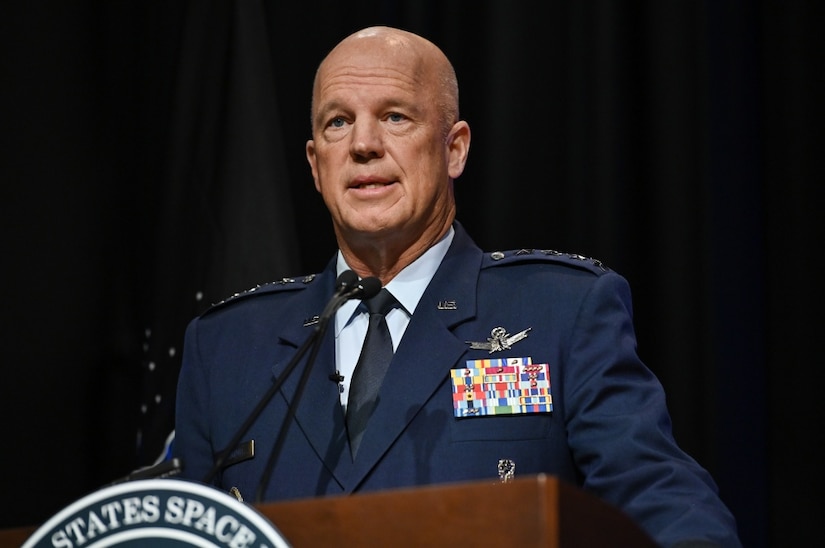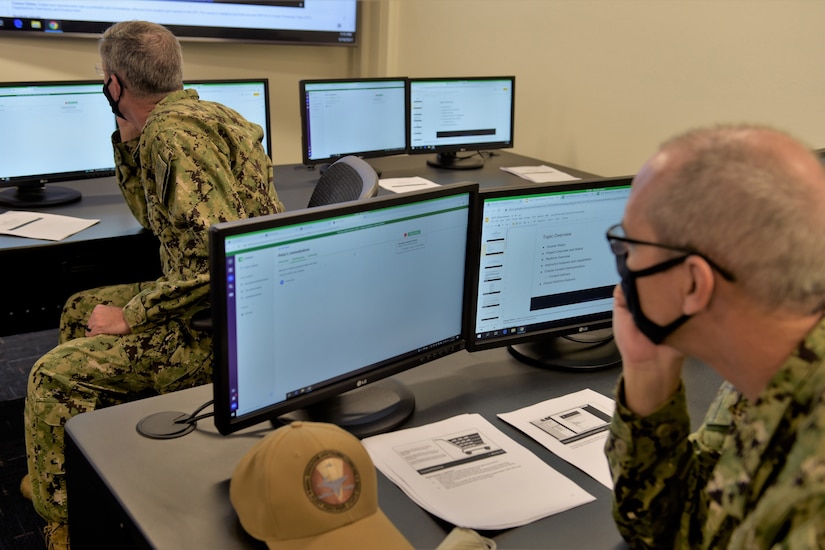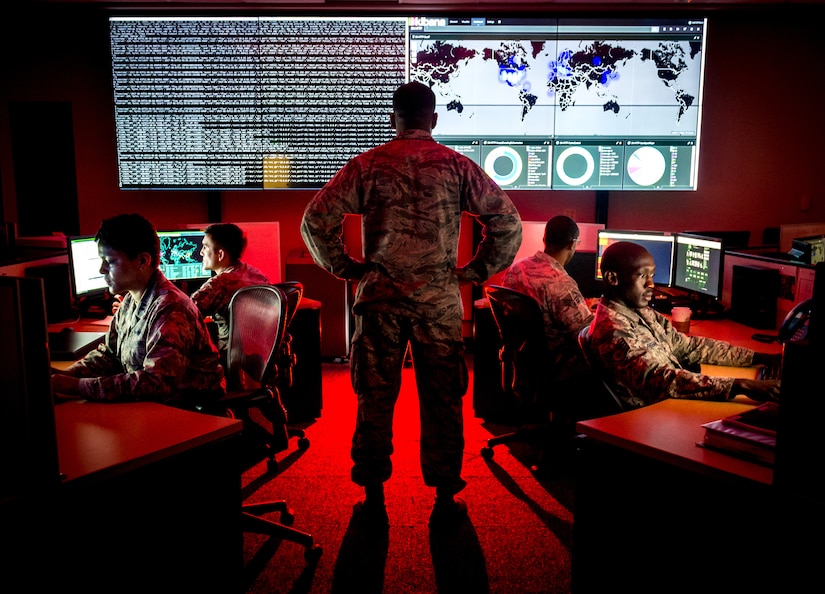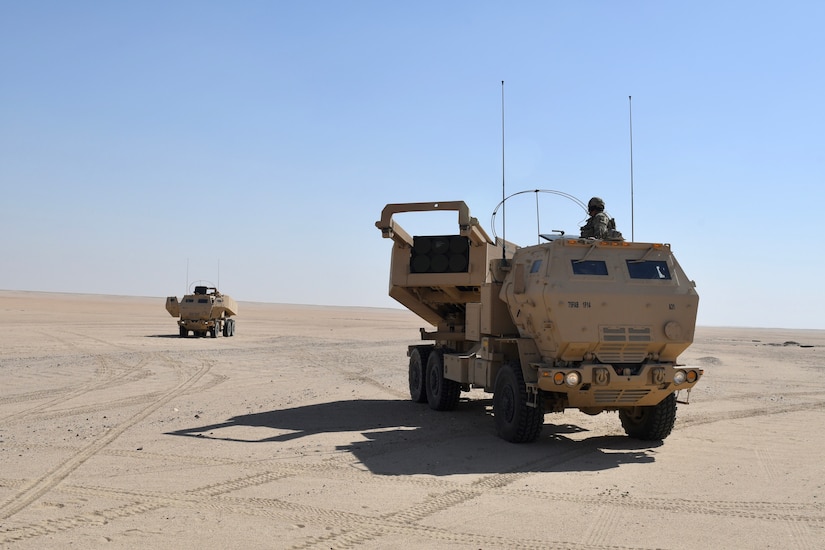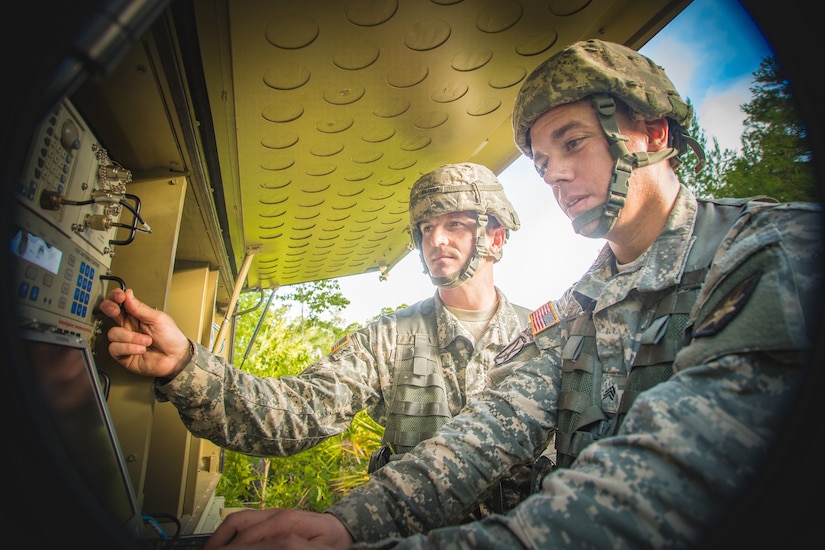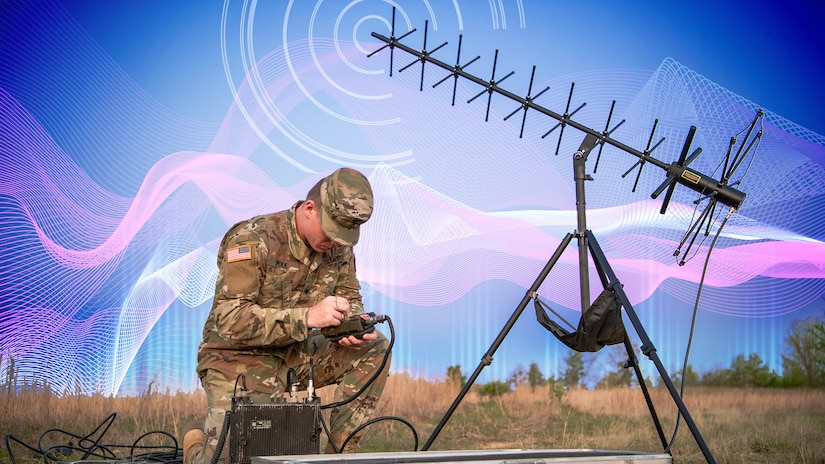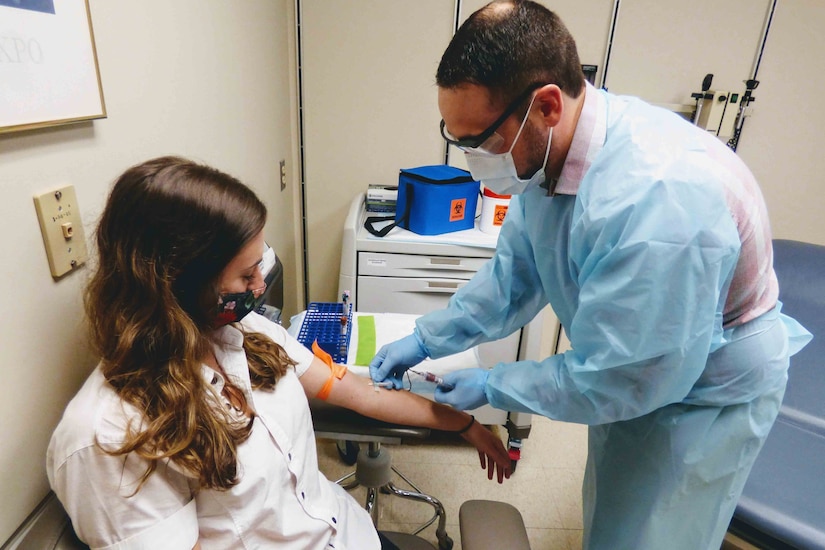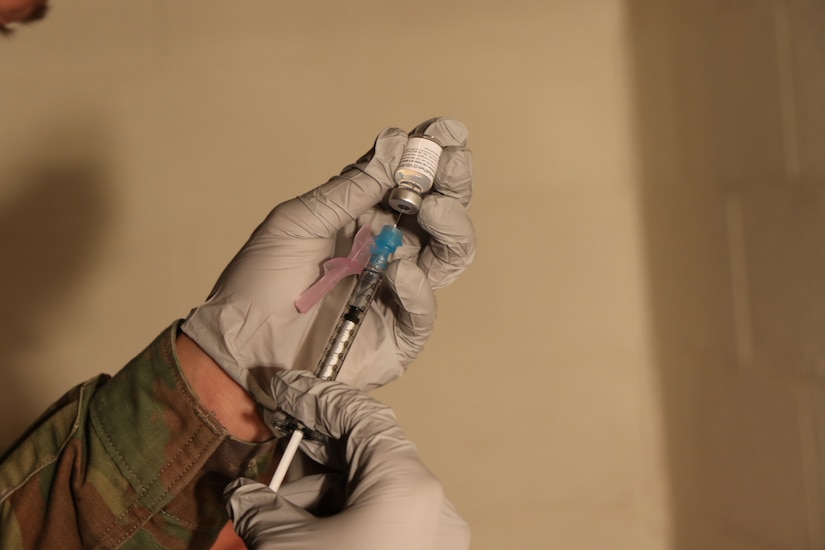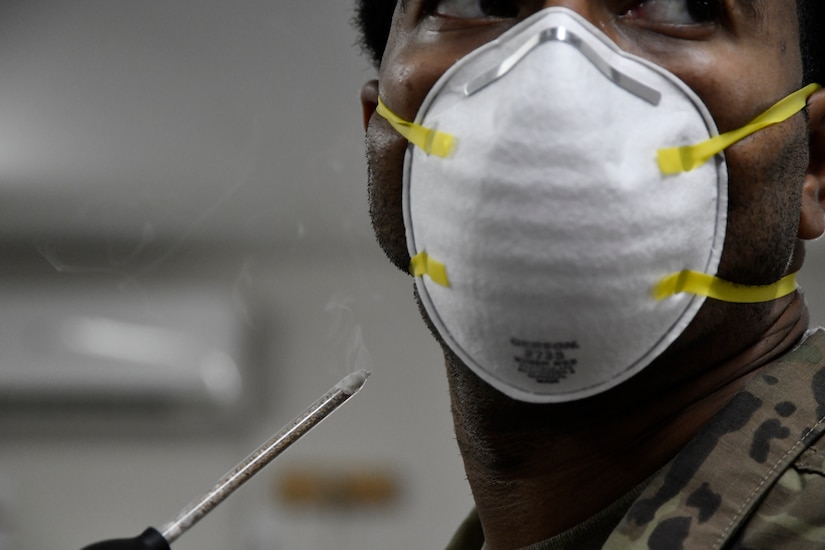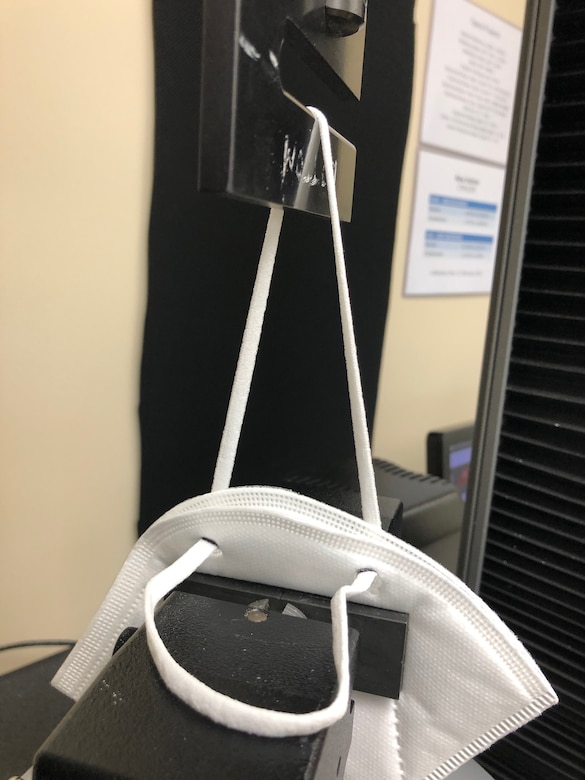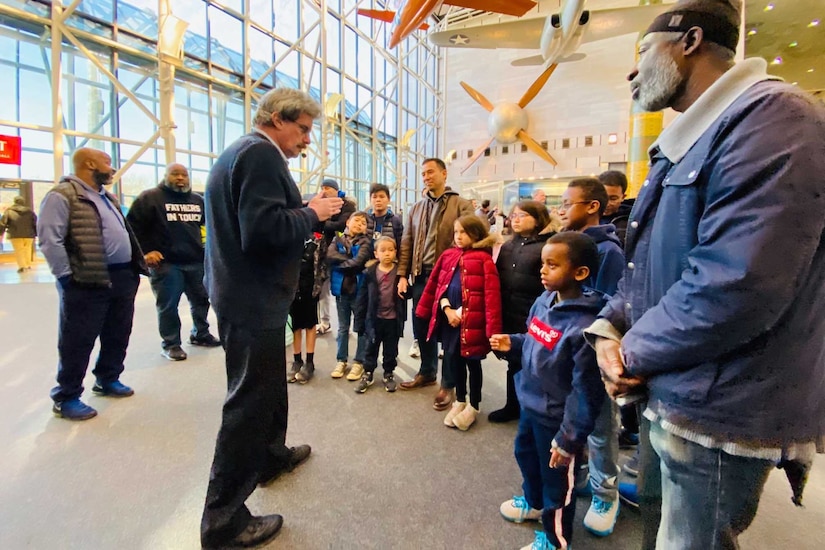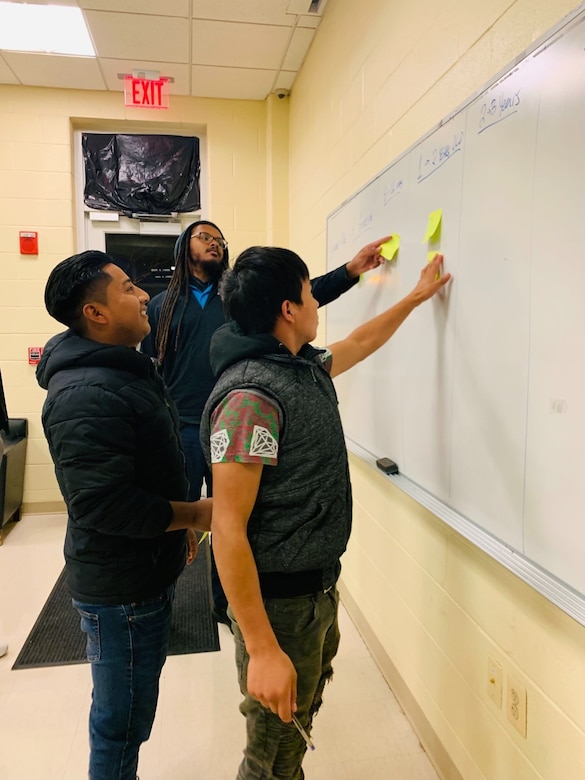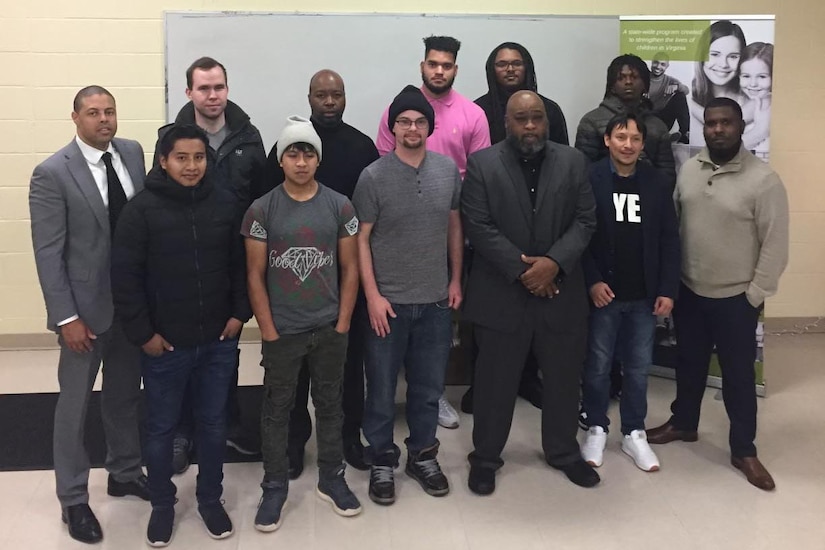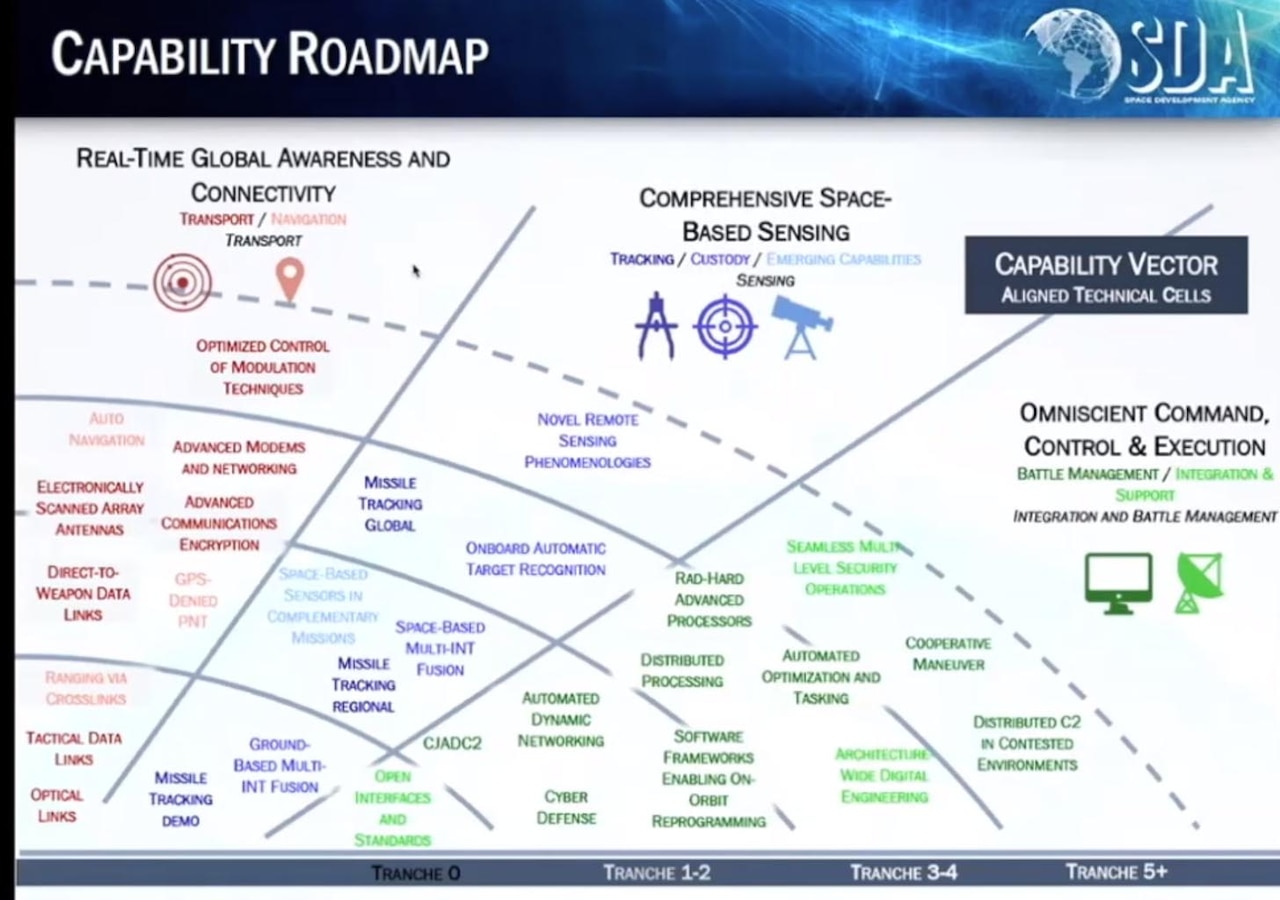A federal indictment unsealed today charges three North Korean
computer programmers with participating in a wide-ranging criminal
conspiracy to conduct a series of destructive cyberattacks, to steal and
extort more than $1.3 billion of money and cryptocurrency from
financial institutions and companies, to create and deploy multiple
malicious cryptocurrency applications, and to develop and fraudulently
market a blockchain platform.
A second case unsealed today revealed that a Canadian-American
citizen has agreed to plead guilty in a money laundering scheme and
admitted to being a high-level money launderer for multiple criminal
schemes, including ATM “cash-out” operations and a cyber-enabled bank
heist orchestrated by North Korean hackers.
“As laid out in today’s indictment, North Korea’s operatives, using
keyboards rather than guns, stealing digital wallets of cryptocurrency
instead of sacks of cash, are the world’s leading bank robbers,” said
Assistant Attorney General John C. Demers of the Justice Department’s
National Security Division. “The Department will continue to confront
malicious nation state cyber activity with our unique tools and work
with our fellow agencies and the family of norms abiding nations to do
the same.”
“Today's unsealed indictment expands upon the FBI’s 2018 charges for
the unprecedented cyberattacks conducted by the North Korean regime,”
said the FBI Deputy Director Paul Abbate. “The ongoing targeting,
compromise, and cyber-enabled theft by North Korea from global victims
was met with the outstanding, persistent investigative efforts of the
FBI in close collaboration with U.S. and foreign partners. By arresting
facilitators, seizing funds, and charging those responsible for the
hacking conspiracy, the FBI continues to impose consequences and hold
North Korea accountable for its/their criminal cyber activity."
“The scope of the criminal conduct by the North Korean hackers was
extensive and long-running, and the range of crimes they have committed
is staggering,” said Acting U.S. Attorney Tracy L. Wilkison for the
Central District of California. “The conduct detailed in the indictment
are the acts of a criminal nation-state that has stopped at nothing to
extract revenge and obtain money to prop up its regime.”
“This case is a particularly striking example of the growing alliance
between officials within some national governments and highly
sophisticated cyber-criminals,” said U.S. Secret Service Assistant
Director Michael R. D’Ambrosio. “The individuals indicted today
committed a truly unprecedented range of financial and cyber-crimes:
from ransomware attacks and phishing campaigns, to digital bank heists
and sophisticated money laundering operations. With victims strewn
across the globe, this case shows yet again that the challenge of
cybercrime is, and will continue to be, a struggle that can only be won
through partnerships, perseverance, and a relentless focus on holding
criminals accountable.”
The hacking indictment filed in the U.S. District Court in Los
Angeles alleges that Jon Chang Hyok (전창혁), 31; Kim Il (김일), 27; and Park
Jin Hyok (박진혁), 36, were members of units of the Reconnaissance General
Bureau (RGB), a military intelligence agency of the Democratic People’s
Republic of Korea (DPRK), which engaged in criminal hacking. These
North Korean military hacking units are known by multiple names in the
cybersecurity community, including Lazarus Group and Advanced Persistent
Threat 38 (APT38). Park was previously charged in a criminal complaint unsealed in September 2018.
The indictment alleges a broad array of criminal cyber activities
undertaken by the conspiracy, in the United States and abroad, for
revenge or financial gain. The schemes alleged include:
- Cyberattacks on the Entertainment Industry:
The destructive cyberattack on Sony Pictures Entertainment in November
2014 in retaliation for “The Interview,” a movie that depicted a
fictional assassination of the DPRK’s leader; the December 2014
targeting of AMC Theatres, which was scheduled to show the film; and a
2015 intrusion into Mammoth Screen, which was producing a fictional
series involving a British nuclear scientist taken prisoner in DPRK.
- Cyber-Enabled Heists from Banks: Attempts
from 2015 through 2019 to steal more than $1.2 billion from banks in
Vietnam, Bangladesh, Taiwan, Mexico, Malta, and Africa by hacking the
banks’ computer networks and sending fraudulent Society for Worldwide
Interbank Financial Telecommunication (SWIFT) messages.
- Cyber-Enabled ATM Cash-Out Thefts: Thefts
through ATM cash-out schemes – referred to by the U.S. government as
“FASTCash” – including the October 2018 theft of $6.1 million from
BankIslami Pakistan Limited (BankIslami).
- Ransomware and Cyber-Enabled Extortion:
Creation of the destructive WannaCry 2.0 ransomware in May 2017, and the
extortion and attempted extortion of victim companies from 2017 through
2020 involving the theft of sensitive data and deployment of other
ransomware.
- Creation and Deployment of Malicious Cryptocurrency Applications:
Development of multiple malicious cryptocurrency applications from
March 2018 through at least September 2020 – including Celas Trade Pro,
WorldBit-Bot, iCryptoFx, Union Crypto Trader, Kupay Wallet, CoinGo
Trade, Dorusio, CryptoNeuro Trader, and Ants2Whale – which would provide
the North Korean hackers a backdoor into the victims’ computers.
- Targeting of Cryptocurrency Companies and Theft of Cryptocurrency:
Targeting of hundreds of cryptocurrency companies and the theft of tens
of millions of dollars’ worth of cryptocurrency, including $75 million
from a Slovenian cryptocurrency company in December 2017; $24.9 million
from an Indonesian cryptocurrency company in September 2018; and $11.8
million from a financial services company in New York in August 2020 in
which the hackers used the malicious CryptoNeuro Trader application as a
backdoor.
- Spear-Phishing Campaigns: Multiple
spear-phishing campaigns from March 2016 through February 2020 that
targeted employees of United States cleared defense contractors, energy
companies, aerospace companies, technology companies, the U.S.Department
of State, and the U.S. Department of Defense.
- Marine Chain Token and Initial Coin Offering:
Development and marketing in 2017 and 2018 of the Marine Chain Token to
enable investors to purchase fractional ownership interests in marine
shipping vessels, supported by a blockchain, which would allow the DPRK
to secretly obtain funds from investors, control interests in marine
shipping vessels, and evade U.S. sanctions.
According to the allegations contained in the hacking
indictment, which was filed on Dec. 8, 2020, in the U.S. District Court
in Los Angeles and unsealed today, the three defendants were members of
units of the RGB who were at times stationed by the North Korean
government in other countries, including China and Russia. While these
defendants were part of RGB units that have been referred to by
cybersecurity researchers as Lazarus Group and APT38, the indictment
alleges that these groups engaged in a single conspiracy to cause
damage, steal data and money, and otherwise further the strategic and
financial interests of the DPRK government and its leader, Kim Jong Un.
Money Launderer Charged in California and Georgia
Federal prosecutors today also unsealed a charge against Ghaleb
Alaumary, 37, of Mississauga, Ontario, Canada, for his role as a money
launderer for the North Korean conspiracy, among other criminal schemes.
Alaumary agreed to plead guilty to the charge, which was filed in the
U.S. District Court in Los Angeles on Nov. 17, 2020. Alaumary was a
prolific money launderer for hackers engaged in ATM cash-out schemes,
cyber-enabled bank heists, business email compromise (BEC) schemes, and
other online fraud schemes. Alaumary is also being prosecuted for his
involvement in a separate BEC scheme by the U.S. Attorney’s Office for
the Southern District of Georgia.
With respect to the North Korean co-conspirators’ activities,
Alaumary organized teams of co-conspirators in the United States and
Canada to launder millions of dollars obtained through ATM cash-out
operations, including from BankIslami and a bank in India in 2018.
Alaumary also conspired with Ramon Olorunwa Abbas, aka “Ray Hushpuppi,”
and others to launder funds from a North Korean-perpetrated
cyber-enabled heist from a Maltese bank in February 2019. Last summer,
the U.S. Attorney’s Office in Los Angeles charged Abbas in a separate case alleging that he conspired to launder hundreds of millions of dollars from BEC frauds and other scams.
Accompanying Mitigation Efforts
Throughout the investigation, the FBI and the Justice Department
provided specific information to victims about how they had been
targeted or compromised, as well as information about the tactics,
techniques, and procedures (TTPs) used by the hackers with the goals of
remediating any intrusion and preventing future intrusions. That direct
sharing of information took place in the United States and in foreign
countries, often with the assistance of foreign law enforcement
partners. The FBI also collaborated with certain private cybersecurity
companies by sharing and analyzing information about the intrusion TTPs
used by the members of the conspiracy.
In addition to the criminal charges, the FBI and the Department of
Homeland Security’s Cybersecurity and Infrastructure Security Agency, in
collaboration with the U.S. Department of Treasury, today released a
joint cybersecurity advisory and malware analysis reports (MARs)
regarding North Korean cryptocurrency malware. The joint cybersecurity
analysis and MARs highlight the cyber threat North Korea – which is
referred to by the U.S. government as HIDDEN COBRA – poses to
cryptocurrency and identify malware and indicators of compromise related
to the “AppleJeus” family of malware (the name given by the
cybersecurity community to a family of North Korean malicious
cryptocurrency applications that includes Celas Trade Pro, WorldBit-Bot,
Union Crypto Trader, Kupay Wallet, CoinGo Trade, Dorusio, CryptoNeuro
Trader, and Ants2Whale). The joint cybersecurity advisory and MARs
collectively provide the cybersecurity community and public with
information about identifying North Korean malicious cryptocurrency
applications, avoiding intrusions, and remedying infections.
The U.S. Attorney’s Office and FBI also obtained seizure warrants
authorizing the FBI to seize cryptocurrency stolen by the North Korean
hackers from a victim in the indictment – a financial services company
in New York – held at two cryptocurrency exchanges. The seizures include
sums of multiple cryptocurrencies totaling approximately $1.9 million,
which will ultimately be returned to the victim.
Jon, Kim, and Park are charged with one count of conspiracy to commit
computer fraud and abuse, which carries a maximum sentence of five
years in prison, and one count of conspiracy to commit wire fraud and
bank fraud, which carries a maximum sentence of 30 years in prison.
In relation to the case filed in Los Angeles, Alaumary has agreed to
plead guilty to one count of conspiracy to commit money laundering,
which carries a maximum sentence of 20 years in prison.
The charges contained in the indictment are merely accusations and
the defendants are presumed innocent unless and until proven guilty
beyond a reasonable doubt.
The investigation of Jon, Kim, and Park was led by the FBI’s Los
Angeles Field Office, which worked closely with the FBI’s Charlotte
Field Office. The U.S. Secret Service’s Los Angeles Field Office and
Global Investigative Operations Center provided substantial assistance.
The FBI’s Cyber Division also provided substantial assistance.
The investigations of Alaumary were conducted by the U.S. Secret
Service’s Savannah Field Office, FBI’s Los Angeles Field Office, and the
U.S. Secret Service’s Los Angeles Field Office and Global Investigative
Operations Center. The FBI’s Criminal Investigative Division also
provided substantial assistance.
The case against Jon, Kim, and Park is being prosecuted by Assistant
U.S. Attorneys Anil J. Antony and Khaldoun Shobaki of the Cyber and
Intellectual Property Crimes Section, with substantial assistance from
Trial Attorney Scott Claffee of the Department of Justice National
Security Division’s Counterintelligence and Export Control Section.
Assistant U.S. Attorneys Antony and Shobaki are also prosecuting the
case against Alaumary, in which the U.S. Attorney’s Office for the
Southern District of Georgia and the Criminal Division’s Computer Crimes
and Intellectual Property Section (CCIPS) provided substantial
assistance. Assistant U.S. Attorneys Antony and Shobaki, along with
Assistant U.S. Attorney Jonathan Galatzan of the Asset Forfeiture
Section, also obtained the seizure warrants for cryptocurrency stolen
from the financial services company in New York.
The Criminal Division’s Office of International Affairs provided
assistance throughout these investigations, as did many of the FBI’s
Legal Attachés, as well as foreign authorities around the world.
Numerous victims cooperated and provided valuable assistance.




